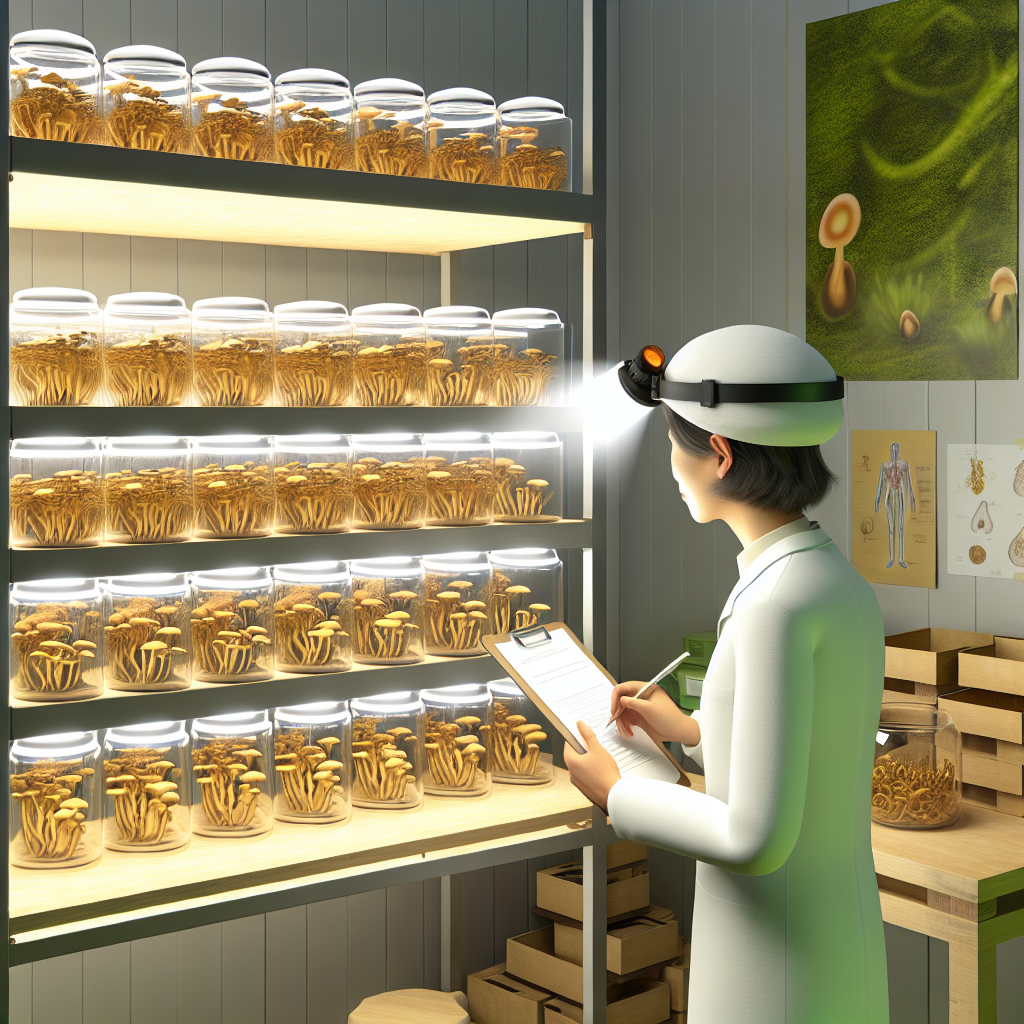Psilocybin and Neuroplasticity: How It Rewires the Brain
Introduction
In recent years, psilocybin—the active compound in “magic mushrooms”—has gained momentum as a promising treatment for mental health disorders. Once marginalized due to legal and cultural stigma, this compound is now showing potential in fundamentally shifting how we approach emotional and brain-based illnesses. At the center of its therapeutic benefits lies its extraordinary impact on neuroplasticity, or the brain’s ability to reorganize neural pathways and form new connections.
Neuroplasticity is essential for learning, memory, behavioral change, and recovery from brain injury. For individuals with conditions like depression, PTSD, anxiety, and addiction, the brain often becomes constrained in repetitive, maladaptive thought loops—making recovery difficult. Traditional treatments such as SSRIs and cognitive behavioral therapy can require extensive time and effort and may not always be effective due to limited brain plasticity.
Psilocybin appears to act as a neurological “reset button,” rapidly inducing a state of heightened neuroplasticity. Users frequently describe breakthrough experiences that offer new insight and emotional release. These effects are not only anecdotal; studies reveal that this compound temporarily allows different brain regions to interact, while also stimulating dendritic spine growth—tiny structures crucial for forming new neural connections.
With academic institutions like Yale and Imperial College London investigating its neurochemical properties, and policymakers reevaluating its legality, the growing body of evidence is reshaping public opinion. In this article, we explore how psilocybin interacts with neuroplastic mechanisms, examine landmark studies, and discuss how this ancient compound may revolutionize mental health care.
The Neuroscience Behind Psilocybin-Induced Neuroplasticity
The impact of psilocybin on brain plasticity has been scientifically measured through a number of cutting-edge studies. A 2022 study from the González-Maeso Lab at Yale University found that a single psilocybin dose significantly increased the number and density of dendritic spines in mice within 24 hours. Dendritic spines are critical for forming synapses between neurons, directly affecting learning, memory, and emotional regulation. Importantly, these enhancements remained for at least a month, indicating long-term structural changes.
Further human-based research at Imperial College London gave psilocybin to individuals with treatment-resistant depression. Using fMRI scans, scientists observed reduced activity in the default mode network (DMN)—a neural network tied to rumination and the ego. This was accompanied by an increase in communication between previously disconnected brain regions. This reorganization may underlie the rapid symptom relief often reported under psilocybin therapy.
The DMN is thought to act like the brain’s autopilot, maintaining the status quo of thought patterns, often in a negative direction for depressed or anxious individuals. By reducing DMN activity and promoting cross-talk between brain areas, psilocybin allows for the emergence of new thoughts, perspectives, and emotional flexibility.
Psilocybin and Addiction Recovery
A pioneering study by Johns Hopkins University in 2014 demonstrated psilocybin’s potential in treating nicotine dependence. Participants, who had previously failed other cessation programs, were able to quit after guided psilocybin sessions—with 80% remaining cigarette-free six months later. These results represent a significant leap beyond the efficacy rates of traditional approaches like nicotine patches or behavioral therapy.
In addiction, the reward systems and habits in the brain become rigid and deeply entrenched. Psilocybin’s ability to stimulate neurogenesis and enhance flexibility provides a window for reframing destructive patterns and integrating healthier coping mechanisms.
Implications for PTSD, OCD, and Alzheimer’s Disease
The link between neuroplasticity and mental disorders extends beyond depression and addiction. Ongoing clinical trials are testing psilocybin for its effectiveness in addressing post-traumatic stress disorder (PTSD), obsessive-compulsive disorder (OCD), and even Alzheimer’s-related cognitive decline—all conditions connected to impaired neural adaptability.
What makes psilocybin so promising is that it mimics developmental windows of brain plasticity seen in childhood—a time when the mind is highly adaptable. These “windows of opportunity” can be therapeutically used to develop new cognitive frameworks under professional supervision. As such, therapy sessions during a psilocybin experience may deeply influence long-term mental patterns.
Conclusion
As the medical field increasingly embraces its possibilities, psilocybin is positioning itself at the forefront of a neurological renaissance. Its capacity to promote neuroplasticity, disrupt harmful mental cycles, and foster recovery—often after just one dose—challenges current treatment paradigms. With rigorous guidance, proper integration, and continuous research, psilocybin could become one of the most profound advances in mental health care in modern times.
Concise Summary
Psilocybin, the psychoactive compound in magic mushrooms, is gaining scientific credibility as a powerful catalyst for neuroplasticity—the brain’s ability to form new connections and reorganize itself. Research from Yale and Imperial College shows it enhances dendritic spine growth and interconnectivity across brain regions, leading to emotional and behavioral breakthroughs. Studies indicate potential in treating depression, PTSD, OCD, Alzheimer’s, and addiction. By resetting neural patterns and inducing a temporary window of enhanced adaptability, psilocybin offers novel avenues for transformative mental health therapies.
References
– Yale School of Medicine. (2022). Psychedelic drug promotes growth of neural connections in mice.

Dominic E. is a passionate filmmaker navigating the exciting intersection of art and science. By day, he delves into the complexities of the human body as a full-time medical writer, meticulously translating intricate medical concepts into accessible and engaging narratives. By night, he explores the boundless realm of cinematic storytelling, crafting narratives that evoke emotion and challenge perspectives. Film Student and Full-time Medical Writer for ContentVendor.com




